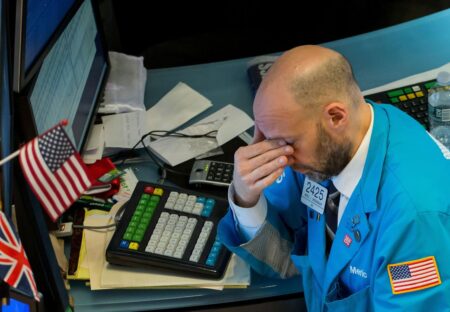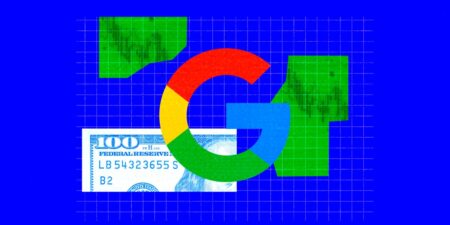How can AI help supercharge advertising?
That’s one of the major questions on the mind of Jamie Allan, a director at chip giant Nvidia who works on partnerships in the adtech and digital marketing industries.
In an interview with Business Insider, Allan outlined how some marketers are tapping combinations of AI tools to use the vast amounts of data they have inside their businesses to improve the performance of campaigns and better measure the results.
“You start realizing this flywheel within advertising, marketing, and agency land,” Allan said.
Nvidia has been increasingly working with the ad industry, bringing together teams of solution architects to help marketers and their agencies build AI tools and tap into the latest technologies.
Allan spoke about how major brands like Delta Air Lines and Mars are embracing the latest AI technologies to unlock more value from their marketing, including using digital twins and tapping into spiking neural networks.
Brands like Delta are using AI to connect ‘brand advertising’ efforts to sales
Delta has been working with an AI platform called Alembic. It uses a proprietary technology called a spiking neural network, which works similarly to how neurons fire in the brain. Alembic says its tech filters through big data sets and “pulses” only the important information so that it doesn’t waste energy on irrelevant pieces.
“They’re looking to find the connections between advertising data and sales information, which is like the Holy Grail for lots of CMOs,” Allan said.
Delta used Alembic’s tech to understand how its sponsorship of the 2024 Paris Olympics was driving ticket sales for its flights. Alembic pulled in data from sources like TV ads, social media mentions, and harder-to-measure marketing, such as when the Delta logo was visible when athletes received their medals.
Speaking onstage at Nvidia’s annual GTC conference, Alicia Tillman, Delta’s chief marketing officer, said the technology helped her to attribute $30 million in cash sales to its Olympics activity.
Tillman said that while a large proportion of marketing budgets are devoted to brand building, this area of marketing has the least sophisticated measurement compared to lead generation or direct-response ads. The new AI tools have helped Dell communicate not just how many impressions the activity reached but that those people made a purchase as a result.
‘Digital twins’ are connecting marketing to the supply chain and other departments
Marketers have been using AI to create “digital twins,” virtual replicas of customers that can be useful in predicting how consumers might behave.
A brand creating a new loyalty app might create a digital twin that has the attributes of its ideal customer — a 26-year-old male with an iPhone who earns $100,00 a year — to check whether there are any kinks in the design, for example.
Allan said digital twins are becoming more sophisticated. For example, a marketer might produce an Instagram ad using a 3D replica of a product, which is easy to digitally insert into an image with all the correct dimensions.
These replicas can also now contain all their manufacturing information and real-life physics, such as weight. That means they can simulate, for example, how many soda cans fit on a supermarket shelf or a pallet in a warehouse.
“It connects the digital thread in large manufacturing and retail and CPG and automotive in a way that has traditionally been broken,” Allan said.
Unilever, for instance, has been using Nvidia’s Omniverse development platform to use 3D digital twins within its product shoots. The consumer goods giant said the tech has made producing product imagery twice as fast and 50% cheaper.
Allan said this sort of process can break down silos between different functions within a business.
“AI has now created this common language between the CIO, the CEE, CFO, and CMO under which their proprietary data and information sits, but they can now all have a conversation about how they can interact with each other’s departments,” Allan said.
Allan said Mars Wrigley is an example of a company using this approach with its “One Demand” data and analytics team and a tool called “Brahma,” which helps connect all the different data sets within the business and develop new product concepts.
AI is accelerating advertising production at warp speed
More commonly, many marketing departments and their agencies are now using generative AI to quickly spin up hundreds of different iterations of ads in a fraction of the time it would take for a human to produce them.
Last year, fashion retailer Forever 21 used Monks.Flow, AI tech from its digital ad agency Monks, and Meta’s AI-powered ad targeting platform Advantage+, to produce AI-generated ads targeted to specific audiences and big cultural moments.
The companies said the campaign, which would have previously taken weeks, was created in less than a day and delivered a 66% higher return on investment than previous comparable activity.
“That’s what we’re starting to see a lot more of,” Allan said. “It’s not just the shiny ‘we’re using generative AI,’ it’s that ‘we’ve found 10s of percent of improvement.'”
Read the full article here
















